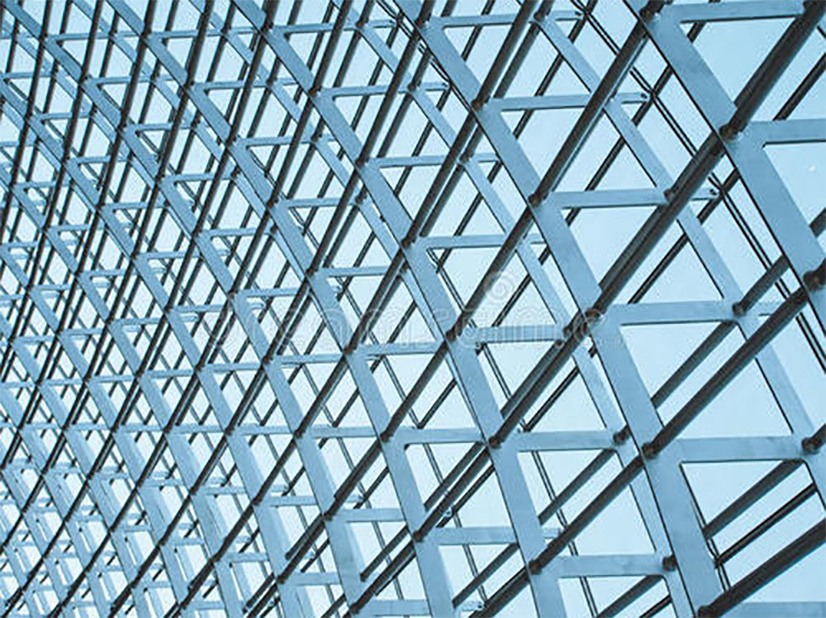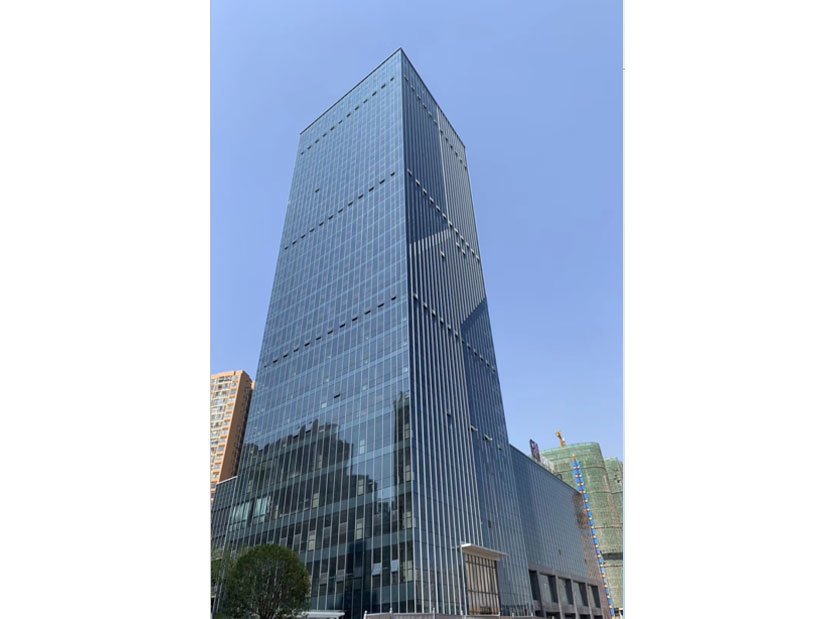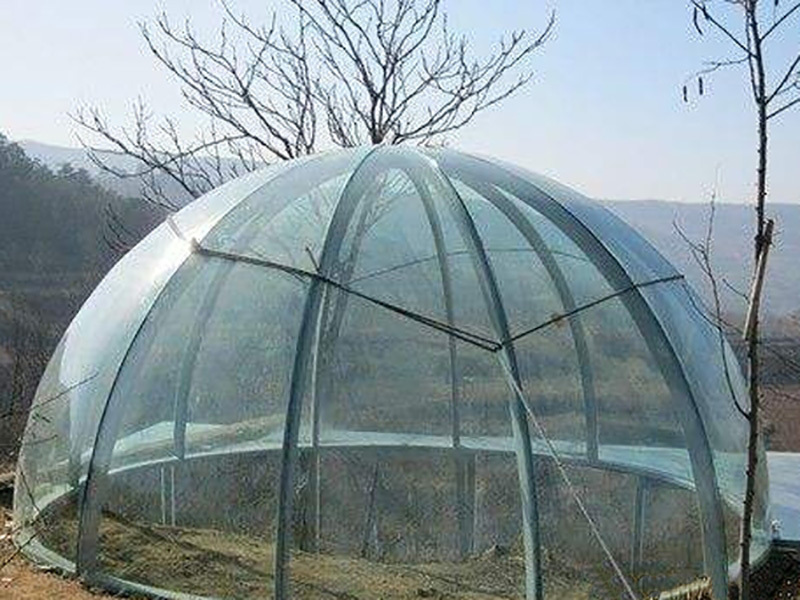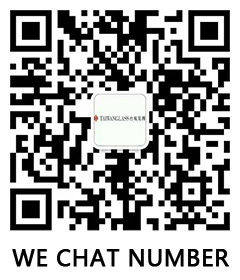One Way Mirror Glass /One-way Perspective Glass
Regarding flat glass, the Taiwan market is stable in production and sales, and will continue to strengthen training of professionals, update automation technology and equipment, and focus on the sales of high-end building materials such as Low-E energy-saving glass and excellent white glass to increase the added value of products. With regard to the new material of micro-thin glass, the yield rate of 0.33mm thick glass has increased and it has been successively supplied to the mainland and American markets. At the same time, in response to the trend of lighter and thinner electronic protective covers and glass protective stickers, we actively develop products with thicknesses of 0.28mm and 0.25mm. Separate competition patterns and enhance product value and competitiveness.
Category:
One Way Mirror Glass /One-way Perspective Glass
Keywords:
Color glazed glass / Digital printing glass / anti glare glass
Product Describe
One-way perspective glass (also known as unidirectional glass, atomic mirror, single mirror, double-sided mirror) is a kind of glass with high reflection ratio to visible light. When the product is used, the reflecting surface (mirror) must be the light facing surface or the side facing the outdoor. When the outdoor is brighter than the indoor, the unidirectional perspective glass is similar to the ordinary mirror. The indoor scenery can not be seen outside, but the outdoor scenery can be clearly seen indoors. When the outdoor is darker than the indoor, the indoor scenery can be seen outdoors, and the outdoor scenery can also be seen indoors. The clarity depends on the intensity of outdoor illumination. Application: unidirectional perspective glass is mainly used for concealed observation windows and holes. The product can be used in karaoke, office, kindergarten, school, prison and other special places.
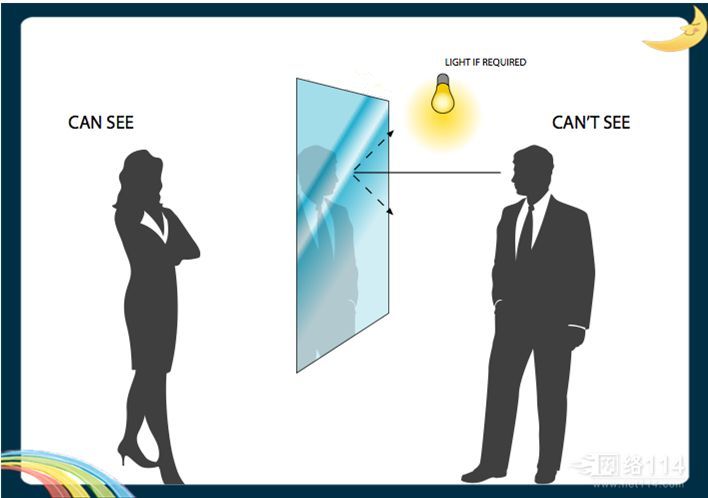
Comparison of unidirectional perspective glass and common glass mirrors
| Glass Type |
High Grade Silver Mirror |
Aluminum Mirror |
Pure Chromium |
One-way Perspective |
|
Mirror reflectance% |
90 |
70 |
60 |
50~90 |
| Transmittance% |
0 |
0 |
0 |
5~50 |
Figure I
From the table, we can see that the reflectivity of different kinds of unidirectional perspective glass is between 50%~90%, and the reflection range is relatively wide, which mainly depends on the environment of different application sites and is designed according to the needs of customers. Mirror reflectivity below 50 can not reflect the particularity of unidirectional perspective glass. The so-called semi-transparent concept, its specular reflectivity tends to 50, transmittance tends to 50.
Silver is an ideal high reflection material. The visible reflectance requirement of copper-free silver mirror below 6 mm is ≥85% in 6.7 of the national standard GB/T 28804-2012 of silver mirror. The ideal unidirectional perspective glass mirror reflectivity should be as high as 90%, but should retain a certain transmittance, usually not less than 5% is appropriate. The relationship between transmittance and reflectivity satisfies the following relationships:
Mirror reflectance transmittance (film and glass) absorptivity =100%
One-way perspective glass identification method
Are you worried about your privacy being peeped or leaked when you stay in a rented house or hotel? How to identify whether the high reflective glass in the room is a silver mirror or a one-way perspective glass with perspective function? You can refer to the following methods:
Fingertip touch discrimination method: Touch the fingertip to the surface of the mirror material to observe the fingertip image. Ordinary silver mirrors are silver-plated on the back, so there is a gap between the fingertips when touching the mirror surface. If the fingertips touch the fingertips, the glass is one-way see-through glass.
Scratch method
The traditional one-way glass production process is offline soft coating, and the film surface is relatively easy to scratch, so scratching the glass with a hard object is a good test method. If the surface can be scratched by hard objects, it can be determined as one-way glass.
Illumination method
Illuminate the glass surface with extremely strong light. If you use a mobile phone, the light must be completely attached to the glass surface. Keep your eyes close to the glass and observe the light. If the light shines through the glass, the glass is a one-way perspective glass.
It should be noted that, due to the use of glass laminated composite technology for the explosion-proof one-way perspective glass, the highly reflective surface of the single-piece one-way perspective glass may appear on the laminated layer. This situation is relatively difficult to judge.
Application place of one-way glass
One-way see-through glass is mainly suitable for places with concealment. The main applications are: public security interrogation rooms, detention centers, prisons, courts, recording rooms, observation rooms, karaoke, offices, school observation classrooms, mental hospitals, nuclear power plants, military security departments and other places.
Cleaning and maintenance of one-way perspective glass
One-way perspective glass is suitable for professional cleaning.
In routine cleaning, never use acid-base corrosive cleaning agents. Use clean water-resistant soft cloth and clean soft glass scraping treatment. The glass surface does not need to be repeatedly rubbed back and forth.
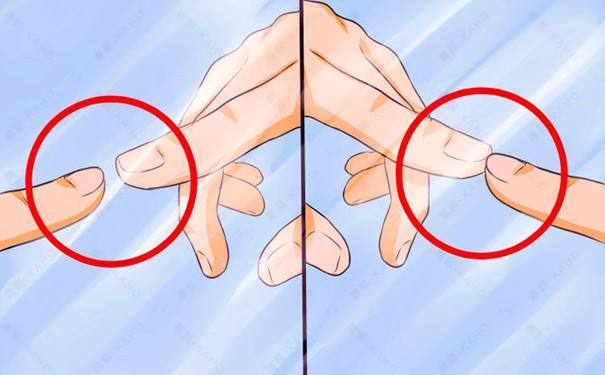
Figure II
Have you learned the above?
Regarding flat glass, the Taiwan market is stable in production and sales, and will continue to strengthen training of professionals, update automation technology and equipment, and focus on the sales of high-end building materials such as Low-E energy-saving glass and excellent white glass to increase the added value of products. With regard to the new material of micro-thin glass, the yield rate of 0.33mm thick glass has increased and it has been successively supplied to the mainland and American markets. At the same time, in response to the trend of lighter and thinner electronic protective covers and glass protective stickers, we actively develop products with thicknesses of 0.28mm and 0.25mm. Separate competition patterns and enhance product value and competitiveness.
Welcome to your message for consultation




